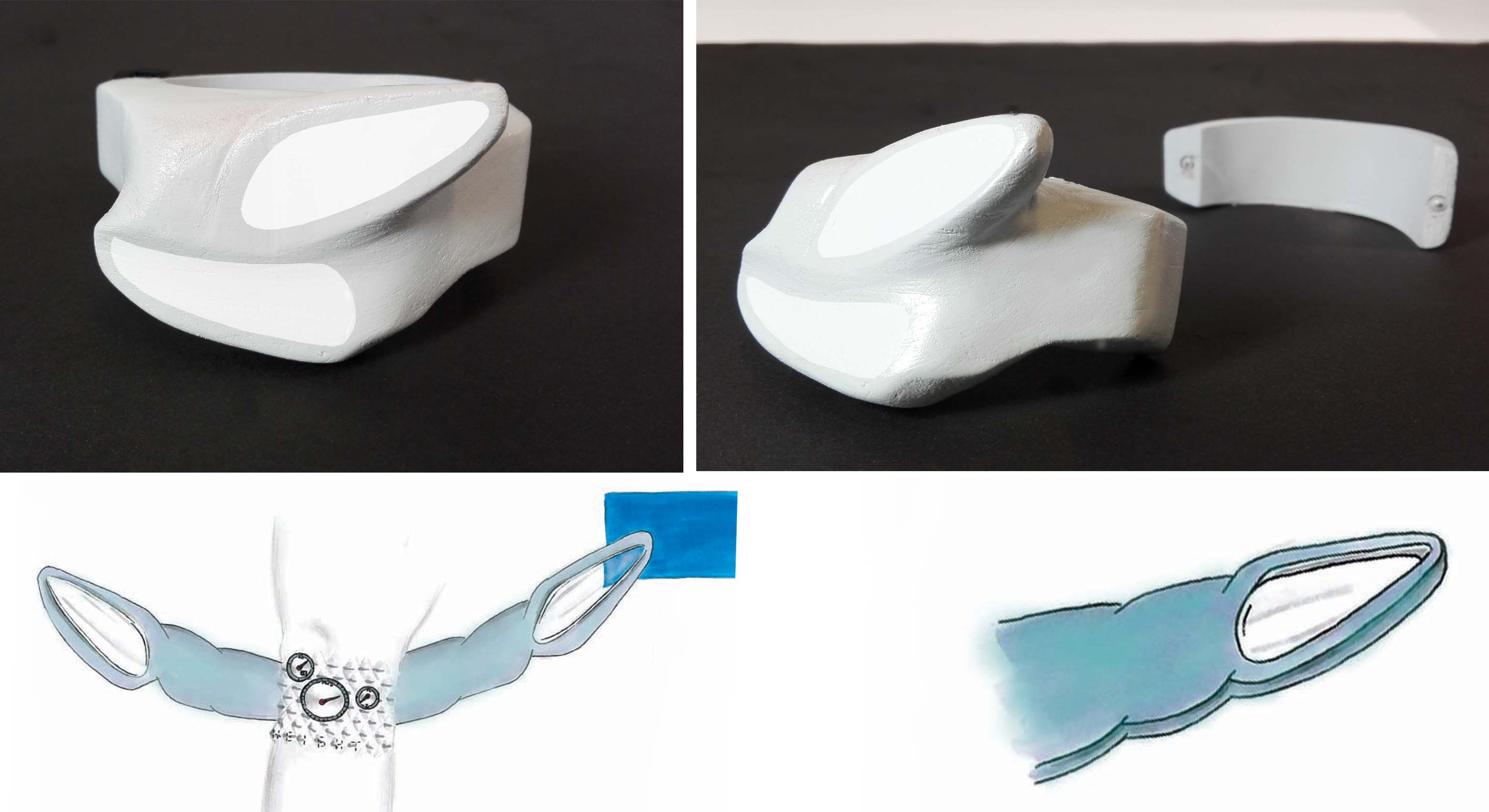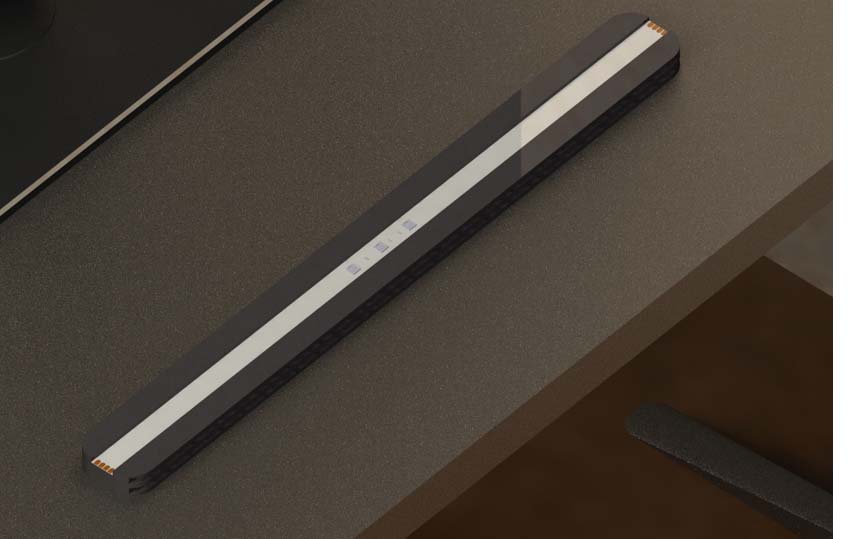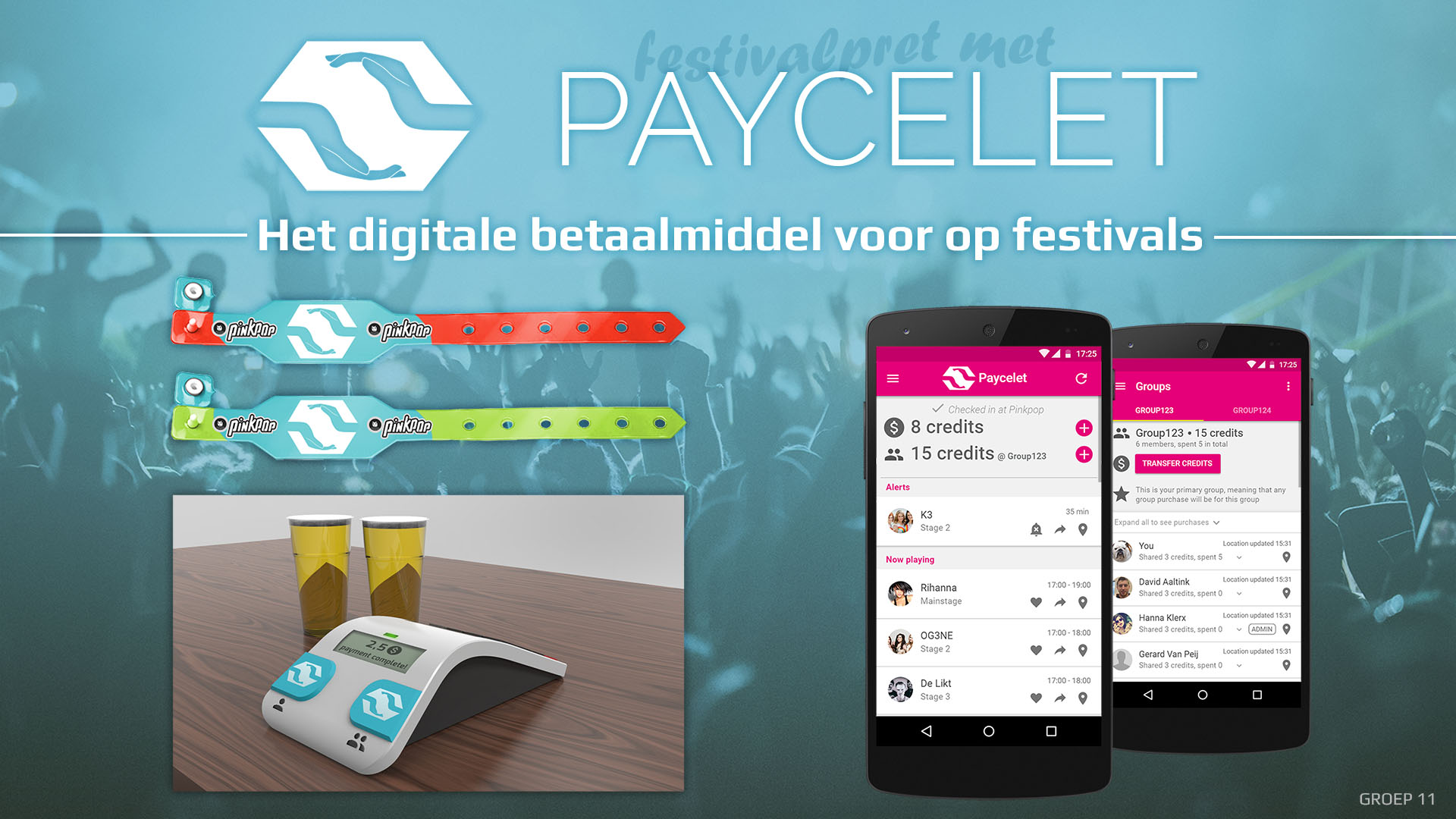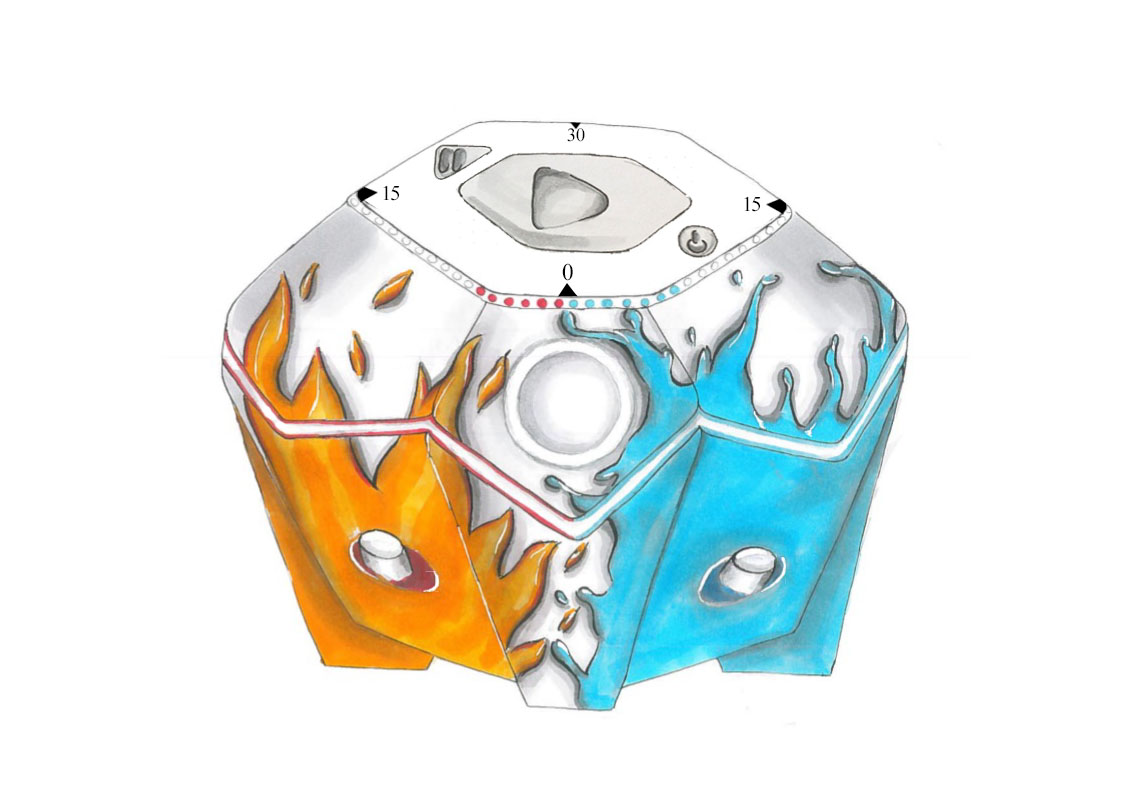Projects portfolio
Smart Products
University of Twente
The Re’Ball is an interactive toy that launches balls. The game is played with two teams.The product has three holes where you can collect for team red, collect for team blue and not score any points with your collected balls. The holes switch between these three functions. When you click on the product on the left you will see some of the electronical specifications that were defined for the product to work. The project was done with a group consisting of four students. The report is in dutch, you can access it by clicking the link below.
View Report
Shape Methodics
University of Twente
This is more of an individual art project where I made a "time measurer" that was made for the specific activity paragliding. The bracelet is closed at first but as the activity approaches, the wings start to spread. When the time comes to go paragliding, the product has fully opened and you can now access different functions that will help you paraglide. The report of this project was written in dutch, to see it you can click the link below.
View Report
Human Product Relations
University of Twente
The Shield is a new kind of street lightning. It has been designed to not only create more safety, but also to provide a feeling of safety. To accomplish this feeling of safety I used multiple elements, like the colors, the shapes, the materials and the associations it might bring; The reflections of the product on the ground might act as a speed bump; the pattern could bring the associating with a shield. The idea is that the product will literally shield you from the dark.

Consumer Products
University of Twente
The LightWall is a modular product that will help employees to work efficiently and healthy. The chair that comes with this product has a pressure sensor. This way the LightWall will know how long you’ve been sitting down. When it exceeds the health norm, the light gradually changes from blue to red. Thus telling you to take a small break and stimulate the blood flow again. We also offer other options that will optimize work efficiency, for example an agenda function and availability settings. The project was done with nine students from three different studies. At the link below you will find our interactive report.
View Report
Designing for specific users
University of Twente
This product was designed for a care organisations that sheltered troubled kids with aggression problems. The product that we delivered was a form of a stress reliever. When the user noticed that they were getting too angry they could squeeze the product in a certain ritm. Our product uses light and movement to simulate the desired breathing ritm. When the client squeeshes the product in the wrong ritm, the light will turn off. This tells the client to concentrate and get the ritm right. This way the product will be able to take the client out of this stressful moment and clear his head. Five students worked on this project. The report, in dutch, can be accessed below.
View Report
Virtual Product Development
University of Twente
In this project we created a product-service system. This means that the physical product must have an at least as important service to offer. In our concept the service that we provide is a coin system that can be used in all kinds of events, but here we focussed on festivals. The products associated with this service are the bracelets, that digitally hold the coins. You can use these to pay at one of our scanners, that will transfer the virtual coins from your account to the server. This system illiminates a number of problems and it 1also improves user experience. To learn more about this project, take a look at our website below.0
0 View WebsiteBiorobotics
University of Twente
The assignment here was to develop a robot that could enable someone with Duchennes Muscular Dystrophy to perform an activity. We chose the activity midgetgolf. Since a person with Duchennes is, especially in later states, not able to move their muscles, the robot is controlled with EMG. The EMG electrodes gather the signals that travel to the muscles. These signals are filtered and digitalized. This binary signal is the imput for the controller, that will tell the robot to go either up, down, right or left, based on the muscles that are being contracted. The end effector golf club can be activated by pressing a button, its speed can be adjusted with a potmeter. The robot can be seen on the left and when you click on the image it will show you a video of our working prototype.
